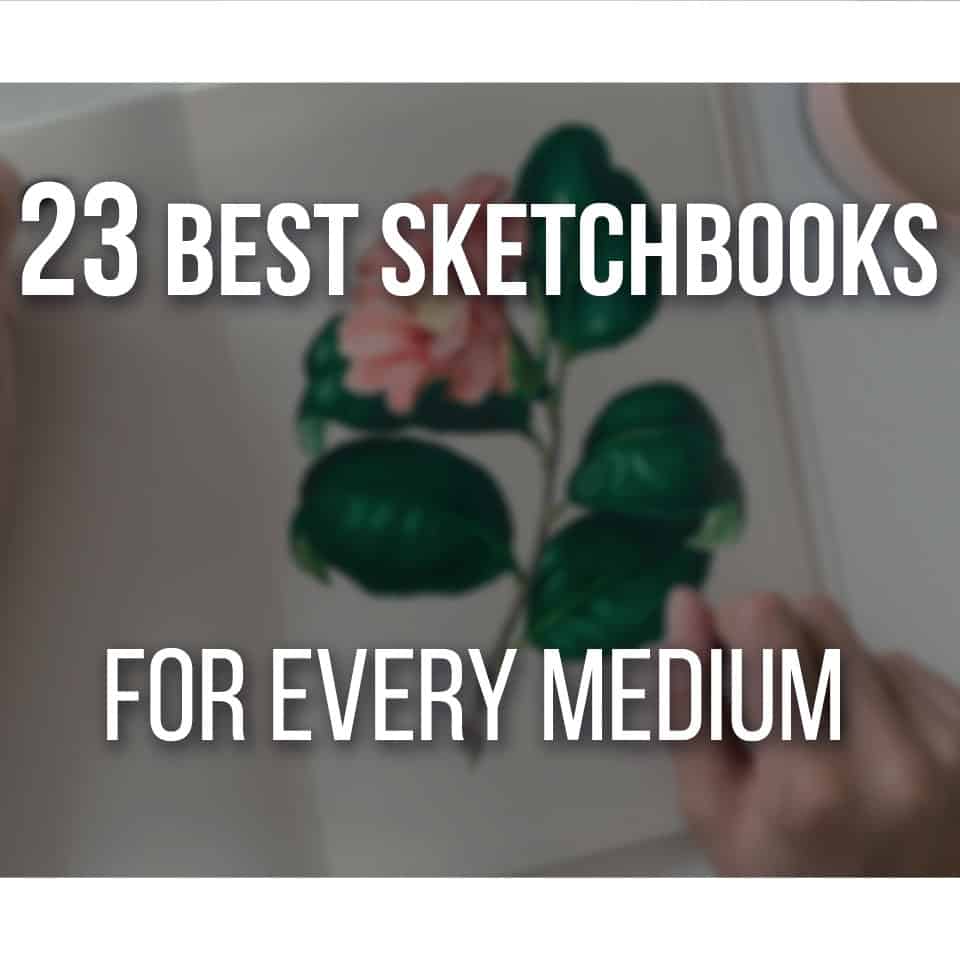Cartridge Paper is a great material for artists! But what exactly is cartridge paper?
Cartridge Paper is a kind of heavy and textured paper. Proper for drawing with any kind of medium. Its weight usually starts at 100gsm+ and goes up to 300gsm.
In fact, according to the free dictionary, cartridge paper is “a heavy paper used in making cartridges or as drawing or printing paper”.
Personally, I prefer textured paper (like what we call cartridge paper), since it feels better than a regular paper for printing.
That kind of paper feels way too glossy and slippery, while cartridge paper embraces your lines and feels more welcoming.
For example, the Canson XL Drawing Pad, is one of my favorite cartridge paper!
Table Of Contents
- 1 The UK and Australian Words For Cartridge Paper
- 2 What is Cartridge Paper Used For
- 3 Where Does Cartridge Paper Come From?
- 4 Paper and Paperboard Differences
- 5 Advantages and Disadvantages of Cartridge Paper
- 6 Cartridge Paper Prices and Sizes
- 7 Is Cartridge Paper The Same As Watercolour Paper?
- 8 Related Questions
The UK and Australian Words For Cartridge Paper
If you’re not from the UK or Australia and have gone through the frustration of trying to understand what in the world cartridge paper is, you can point your finger at those countries.
This is where the term is most known.
But what is cartridge paper called in the US?
Cartridge Paper is usually called Very Heavy Drawing Paper in the USA. If you’ve attended any art classes (check mine out here), surely you’ve been asked for this kind of paper for them.
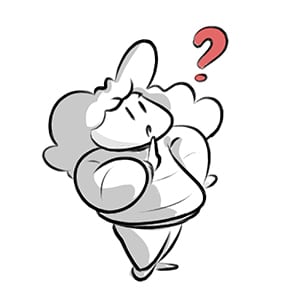
The reason it is so popular for drawing is because it can absorb the material you’re using and the pressure you use it better than a less heavy paper.
Using a paper with less than 90gsm, you risk tearing or wrinkling your paper very easily.
If you like to use markers like Copics or Poscas, get ready for it to kinda bleed everywhere, probably some tearing, wrinkled paper, and a lot of the pages behind it getting a lot of paint as well.
The same goes for watercolors! Regular paper, with a lighter weight, is very fragile and not really proper for painting and drawing unless you just need to do some quick, study sketches.
Oh, and for watercolors, I would recommend these Canson XL Watercolor Pads instead.
What is Cartridge Paper Used For
Cartridge paper can be used for more than just artwork and you probably even already held something made out of it! Let’s see some of the possibilities:
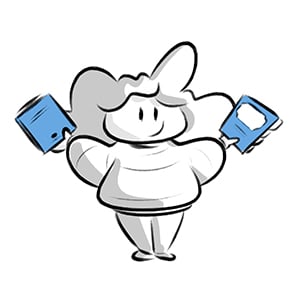
- Stationery. Usually the fancy type. Its texture and heaviness make it look more classic, and you can even press your initials into it, for example, a simple stamp, seal, or even a logo! It is very commonly used for wedding invitations as well. Even visitor cards are made of cartridge paper.
- Books and Notebooks. Even if you’re not looking for an actual sketchbook, you’ll notice that many notebooks have their first and last page made out of very heavy paper. Sometimes, even in between pages, mark dividers between sections of your notebook.
- Artwork. I do like to draw on textured paper, so for regular sketching, I use paper with around 90-100gsm. I do have heavier paper with 120gsm and 160gsm. The first I use if I want to work with markers, so that it won’t bleed too much or that the ink won’t be absorbed by the other pages, ruining the sketchbook. The second, is for the rare times I practice watercolors. The thicker the paper, the better!
It is also commonly known to be used in the making of book and notebook covers, once again for the same reason. It’s thickness make the cover sturdier, but also malleable enough so you can bend it however you want or need.
The weight of the paper depends on what medium you’re using, but also on your personal taste.
You can actually find Cartridge paper in many other colors, starting from white and cream, but also in blue, red, and even grey and black tones!
A good way for you to understand better what you prefer and also experiment with different kinds of paper is to make your own sketchbook.
You can buy individual paper sheets, with different weights, colors, and textures and put them all together.
Where Does Cartridge Paper Come From?
Hey, wanna know where Cartridge Paper comes from? Try to take a guess! Nothing?
Before metallic cartridges for ammunition, firearm cartridges were made from this heavy paper, hence the name.
A simple cylinder or cone made out of paper, containing gunpowder.
A lot of times the paper would be coated in beeswax or any kind of grease so that the cartridge had some water resistance but also to lubricate the bullet, so it doesn’t stay stuck inside the firearm.
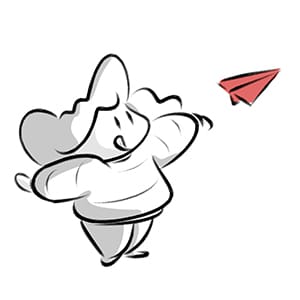
Another fun fact about Cartridge Paper is that it works pretty well if you want to make some paper airplanes!
Its thickness helps mold it more easily. Be careful with the weight you use, though!
If you want your airplane to fly for longer and farther, you can’t use a paper too heavy. If you’re curious, have fun building airplanes with different kinds of paper!
Paper and Paperboard Differences
If you want something even heavier, let’s say 220+gsm, then you want to look for paperboard! It’s even thicker than cartridge paper. It is made out of paper-based material, and with more layers, making it way more rigid and quite harder to fold.
You also might commonly know this kind of paper as cardboard!
There are quite a few types of paperboard, but I’m just going to mention the most common ones, that you definitely already seen around:
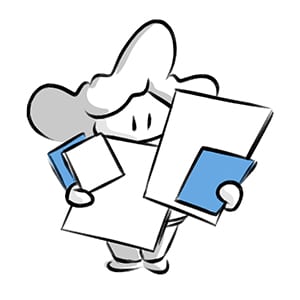
- Kraft Board Paper. Usually in brown tones, but you can find it in other colors as well. More specifically, when you’re moving and need to stuff everything inside, you’ve guessed it, cardboard boxes! It is very commonly used for packages of any size and with different weights. There are also paper sheets made out of this paper but with lighter weights. It is pretty common and mostly used for its texture and color.
- Chipboard Paper. Made out of recycled material it has lower quality. You could make packages with this kind of paper, hardback covers, and even furniture! Another interesting use for it is to use as a board to serve as a support for drawings.
- Folding Boxboard. Tends to be less heavy than the ones above and you can see it everywhere and in the most basic products that you have at home! This kind of paper is very commonly used to create packages. Perfume, medicine, cookies, tobacco, and so many other boxes are made out of this material. It’s used in any general carton applications really!
And if you’re wondering between Cartridge Paper VS Drawing Paper, they’re mostly the same! The major difference is that you can draw on very light (under 100 gsm) drawing paper.
Advantages and Disadvantages of Cartridge Paper
Cartridge paper has a lot of advantages for artists:
- Heavy Weight. By using it you reduce the risk of ruining your drawing by folding or wrinkling the paper when trying to erase something.
- Textured Feel. It has an excellent feel and attrition when drawing on it, embracing your lines and making you feel comfortable with the material.
- Many Choices. You have a lot of different weights to pick from, different textures and colors. You can get a very normal and almost invisible texture, but you can also go all the way and have a lot of texture where you can even see each particle of it.
Depending on the texture, you will have different results on your final drawings.
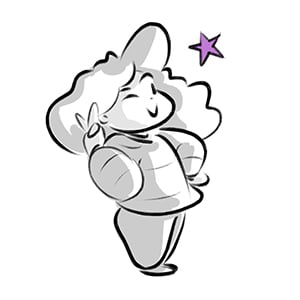
Color is also very important, drawing on a white or cream paper is very different than drawing in a grey or even black paper. You have to think your drawing differently. While on white you focus on shadows, drawing on black, you focus on the lights of your object.
This is a very fun exercise and something explored at art school. It was one of my favorite projects to do!
The only disadvantage of cartridge paper is that it’s opaque. If you want to trace something with it, it will be very hard unless you have a light table. Another option is to get some tracing paper. It’s usually not very expensive and it’s what it’s for!
My favorite to use is these Tracing Paper Pads since it’s easier to control and it feels better to the touch as well.
For more Light Tables, be sure to check out my Recommended List Of Light Tables here!
Cartridge Paper Prices and Sizes
The examples I’m going to give are brands I’ve used before, they’re quite popular, and I liked all of them.
Before jumping for that: the size.
It’s all about what you like.
Personally, I like to have a smaller sketchbook with me, so I can bring it wherever I go, and then a bigger one, generally A4 that stays at home.
If you take art classes, you’ll notice that you’ll be usually asked for an A3 size and you can find any of these sizes for cartridge paper at any art store.
On one hand, a bigger canvas gives you more space and more freedom to move around.
It can be very helpful for a beginner since it helps you better to learn the movements and dynamics of drawing.
On the other hand, you might feel too intimidated with a canvas that big and if so, do try smaller spaces first and grow from there.
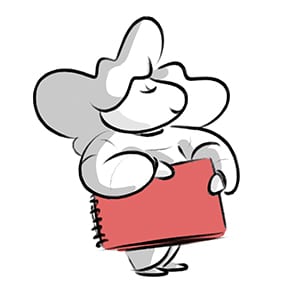
Now for the prices, it mostly depends on the weight and size of paper.
The bigger, the more expensive.
Let’s see some examples:
- Daler-Rowney. The price for a pad with 200gsm from this brand rounds up between 7$ and 18$, the cheaper being an A5 size and the last an A3 size. A pad, more proper for watercolors, let’s say with 300gsm, you have Daler Rowney Aquafine series that costs around 19$ for an A3 and 12$ for A4 size. Just pay attention to the number of sheets though since usually, the thicker the paper, the fewer sheets a pad will have!
- Winsor & Newton. I’m a fan of this brand, especially their watercolors! As for paper, you can find a pad, A4 size, with 150gsm and 25 sheets for around 9$. An A3, same weight and number of sheets for 15$. You can find them spiraled or gummed. There isn’t much difference price-wise, it’s mostly a matter of taste! Personally, I prefer pads with spirals, so that way I can work with only one sheet of paper instead of having the other one on the side, always making my movements more difficult.
- Canson. My favorite! I’ve owned so many Canson sketchbooks by now to be 100% sure this one is my favorite brand. There are a lot of types of paper, specific for different mediums (watercolor, marker, etc) and different weights. A watercolor pad, around 300gsm, 5.5″ x 8.5″ costs around 6.50$ while the same pad but on a bigger size, 9” x 12”, would be 15$.
Try out different weights, textures, brands, and sizes until you find the one you’re more comfortable with and you feel is more suited to the material you’re using.
Is Cartridge Paper The Same As Watercolour Paper?
Cartridge paper isn’t the same as watercolour paper. Cartridge paper is usually quite heavier than watercolour paper and dry mediums work better with it.
You might even ask yourself if you can use cartridge paper instead of watercolour paper. And the answer is yes, but it won’t work very well. You’ll have to keep the watercolors very dry for it to work well, and it still won’t give you the best results
Instead, I would recommend you to just use these Canson XL Watercolor Pads instead.
Related Questions
What other related questions might you have about cartridge paper? Well let’s cover them!
What GSM Is Cartridge Paper?
Cartridge paper is usually between 100 gsm and 300 gsm.
Is It Possible To Print On Cartridge Paper?
Yes, it is possible to print on cartridge paper. You only need a good printer that can handle thicker paper.
Is Cartridge Paper Rough Or Smooth?
Cartridge paper is usually rough but there are also smooth versions.
I hope that you’ve enjoyed this article on cartridge paper!
If you’re ready to start doing some drawing exercises, check out my article on 5 Anatomy Drawing Exercises To Improve Quickly!
And remember: Have Fun!
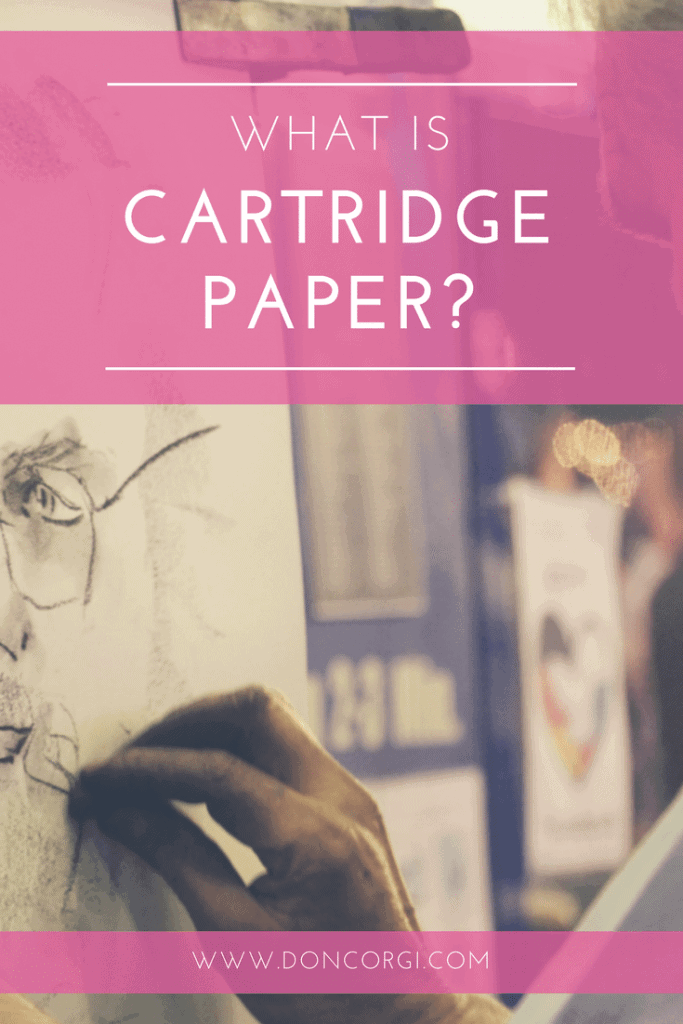
Patricia Caldeira is the main writer here at Don Corgi. She's an art teacher with over 20.000 happy students across many platforms and courses!
Enjoy your stay and as always:
Keep on drawing!
